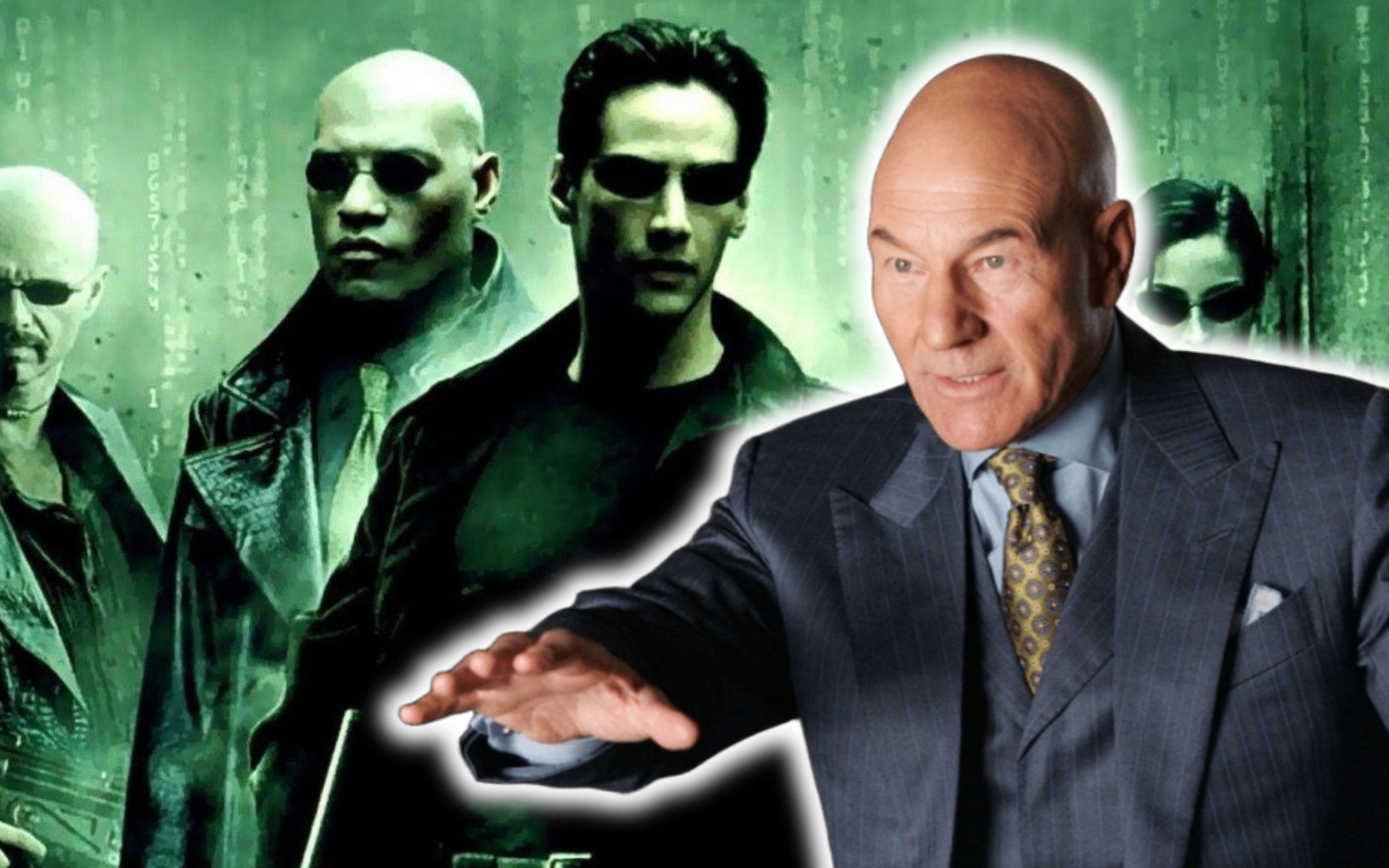On HBO and HBO Max series Last of us, the apocalypse is due to a sudden fungal infection. So deadly that it ultimately leads to the complete collapse of civilization, as it was before. The premise of the production is a fresh reimagining of an old obsession, the apocalypse, that cinema has fueled since its inception and eventually became a genre in its own right. For Hollywood, doomsday films are a repetitive narrative exercise.
However, to imagine a universal cataclysm that destroys any traces of human existence is a difficult trope. Not only because of its endless variations, but also because it usually holds a person in charge of their own destiny. Be it a natural disaster, war or unexplained circumstances.
Analyze the possibility of a catastrophe that threatens existence addresses the essential element about the transience of life. But also what someone would do to keep it. From major cities besieged or destroyed in countless ways, to supernatural occurrences. Exploring the possibility of an apocalyptic catastrophe has become a way of analyzing time and the future. At the same time, the horrors that can cause great cultural and social errors.
Last of us This is the premiere of the year and you can only see it on HBO Max.
We leave you with five films that look at the end of the world from different perspectives. Monsters, natural disasters, dramatic goodbyes. A journey to an ancient historical fear that cinema reveals from a new perspective.
Greenland: the last refuge
With a pessimistic air, this film reflects on the end of the world as an accidental event. From which it follows that their heroes will have to face tragedy in the midst of chaos. When a comet is about to crash into Earth, John (Gerard Butler) will try to survive despite knowing he won’t succeed.
It’s not the most original premise of all, but it uses an unhealthy curiosity about a devastating disaster with the greatest skill. With no chance of escape and the threat approaching ever closer, behavior becomes primitive.
Greenland: the last refuge (doomsday day) turns his plot into a set of small and subtle facts, disturbing in their plausibility. From betrayals to murders, the plot is more interested in showing the reactions of future victims than in the details of the disaster.
After all, this apocalyptic movie tries to be the plea of the indestructible spirit of our species to live. While this eventually leads to clichés and predictable twists, it becomes clear that humanity is longing for life. The main message is among the jumbled collection of ruined settings that the plot subtly dissects.
28 days later
Jim (Cillian Murphy) wakes up from his coma, only to discover an inexplicable landscape of deserted London. Twenty-eight days have passed since the outbreak of an infectious outbreak that destroyed civilization in a matter of weeks.
But the protagonist of this apocalyptic film does not suspect this, and its first minutes a flawless exploration of suspense and primitive horror. When he finally manages to deduce the cause of the devastation, he can only run.
Metaphors and subtext aside, this end-of-the-world film is a look at survival as an immediate impulse. Boyle uses the zombie genre to analyze the nature of horror, but especially the perception of personality. Again and again, an empty city, devastated by an invisible phenomenon at first glance, is the image of a person. About who survives and about the monsters that hide in the shadows.
In its last part, the argument demonstrated that the apocalypse can be more than a hidden imminent danger or the destruction of hope. Which, in fact, is even impossible to imagine in the future. Without a doubt, the most difficult item of a brilliant package.
Blindly
Malorie (Sandra Bullock) is pregnant and struggling to be a mother. The first few minutes of this adaptation of Josh Malerman’s book of the same name are misleading. The camera follows the character through a city full of seemingly random little events. A car accident, a suicide, a string of chaotic emergencies.
Susanne Beer soon manages to create a claustrophobic atmosphere that hides a phenomenon that can never be fully explained. In his film doomsday collides with the unknown. Type of circumstances that spread with the speed of infection, but their origin is unclear.
What is clear is that a threat can drive one insane with one glance, so survival implies blindness. Isolation, torments of paranoid suspicion. Who is infected with a strange disease, and who is not?
A premise that Beer’s apocalyptic film handles carefully and exploits skillfully in its roughest moments. Gradually it becomes clear that Blindly this is much more than a story about an unexpected apocalypse. At the same time, it is a reflection of the loss of humanity on a total level.
last prophecy
The play is based on the book of the same name by Tim LaHaye and Jerry B. Jenkins. apocalypse based on biblical prophecy. Also in the possibility that good and evil are absolute concepts. This oddity of the plot, in which Nicolas Cage plays another of his unusual roles, is more of a meditation on the intangible than a disaster movie.
However, the plot conveys a panorama of what could happen if the gloomy predictions of mystical predictions came true literally. From the dome of heaven, opened in two between red-hot flames, to the sudden disappearance of millions of men and women. last prophecy Pass all horror points based on the atavistic announcement of the apocalypse with accuracy.
As for the final scenes, this apocalyptic film takes such a bewildering plot decision that it makes it the epitome of weird cinema. Halfway between the end-time narrative and the power of belief, the plot is as confusing as it is curious.
2012
Predictions about the apocalypse abound in world history, and the marked date of the year that gave the production its title has been one of the most enduring. For Roland Emmerich, this was an opportunity that allowed him to stage an unthinkable disaster with the help of exaggeration. What would happen if instead of a cataclysm there was their group? More disturbingly, dozens of unexplained events in quick succession?
An expert on disaster films decided to investigate in 2012 all the possibilities of universal devastation. On such a total and crazy level that some scenes are funny instead of terrible.
However, this doomsday film manages to capture some of the oldest collective experiences in a unique way. consistent review of underlying horror. From earthquakes to tsunamis, even the possibility of a split in the earth’s shell. Emmerich achieved what seemed impossible: to mix all the ideas about the final catastrophe in one story.
Source: Hiper Textual














